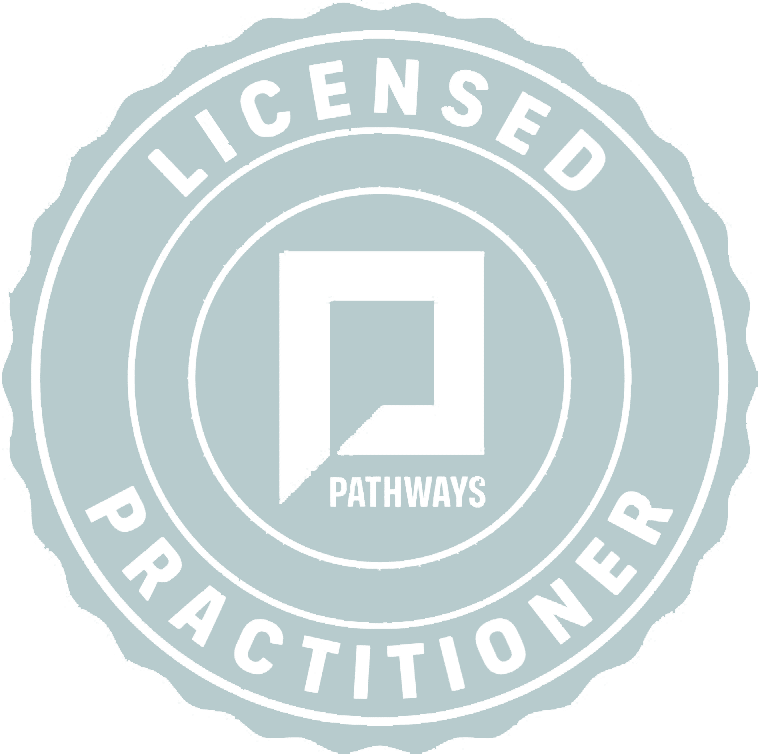The States of Jersey have predicted that there will be a 95% increase in the number of people over the age of 65 in the next 30 years and, in response, are raising the pension age to 67 years from 2020 (see States Strategic Plan 2012, Consultation Analysis of Key Strategic Issues). Inevitably, this will mean a greater proportion of older workers in future. This brings many benefits to companies, through the retention of skills and experience, but raises some concerns regarding possible increased ill health and accidents.
Health and safety legislation applies to all workers regardless of age and should not be used as a reason to discriminate against older workers. Age related decline in health is not inevitable; the UK’s experience is that, typically, younger workers tend to be absent more often but for shorter periods (see HSE findings). Age related factors that may require managing to reduce the impact of longer absences on business activities include:
- reductions in muscular strength and an individual’s capacity to perform physically heavy work. However, the level of decline varies greatly with physical condition and may be less for older workers who stay fit;
- decreasing range of movement, which could have implications for tasks involving work at extremes of posture;
- a decline in information processing capacity including changes in hearing, vision and speed of thought. This is not inevitable and can be balanced out by improved decision making ability, expertise and experience; and
- difficulties in working in very cold or very hot conditions due to a change in their body’s ability to control body temperature.
The key to maintaining a safe workplace is matching job-task demands with an individual’s abilities and skillset whatever the age. This can be achieved through various processes, including:
- identifying workplace hazards and conducting risk assessments appropriate to the age profile of the workforce;
- pre-placement discussions;
- on-going consultation and communication;
- liaison with safety and health representatives;
- monitoring and reviewing workplace practices; and
- seeking medical advice for more complex issues.
Consulting and engaging older workers in safety and health issues is an important part of the risk management process. Workers know about risks relevant to their job and may be able to suggest solutions, helping to promote a safer work culture.
Risk assessments should recognise that, although the hazards are the same for all workers, the risks are likely to be different for older workers. Managing these risks may include strategies such as:
- enabling sufficient individual control over work so there is scope to plan work and make decisions about completion and how problems should be tackled to allow people to better cope with work demands;
- allowing flexibility in taking rest breaks to match individual needs, for instance, more frequent but shorter rest breaks;
- reviewing work intensity and scheduling – work involving fast work rates for extended periods is likely to be stressful and may increase musculoskeletal disorders;
- reviewing work processes to include new technology – allowing older workers time to adapt to it;
- Redesigning work spaces to optimise posture and allow easier movement around the work area;
- Exploring job sharing or part time work; and
- If needed, after an injury, allowing older workers a longer return to work as they may experience slower rehabilitation.
When re-joining the workforce, there may be a need for a gradual return to normal working hours and/or modification of duties for an interim period.
As a general measure for all employees, health promotion initiatives may help older workers stay fit, maintain flexibility and help to keep in good health.
For more information or to talk to someone about managing the health and safety of your older employees, please call the H&S@Work team on 01534 887088.






